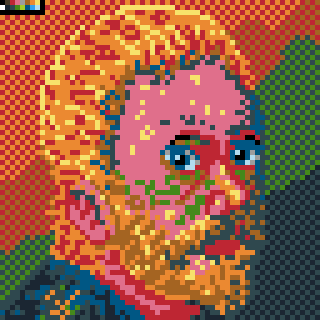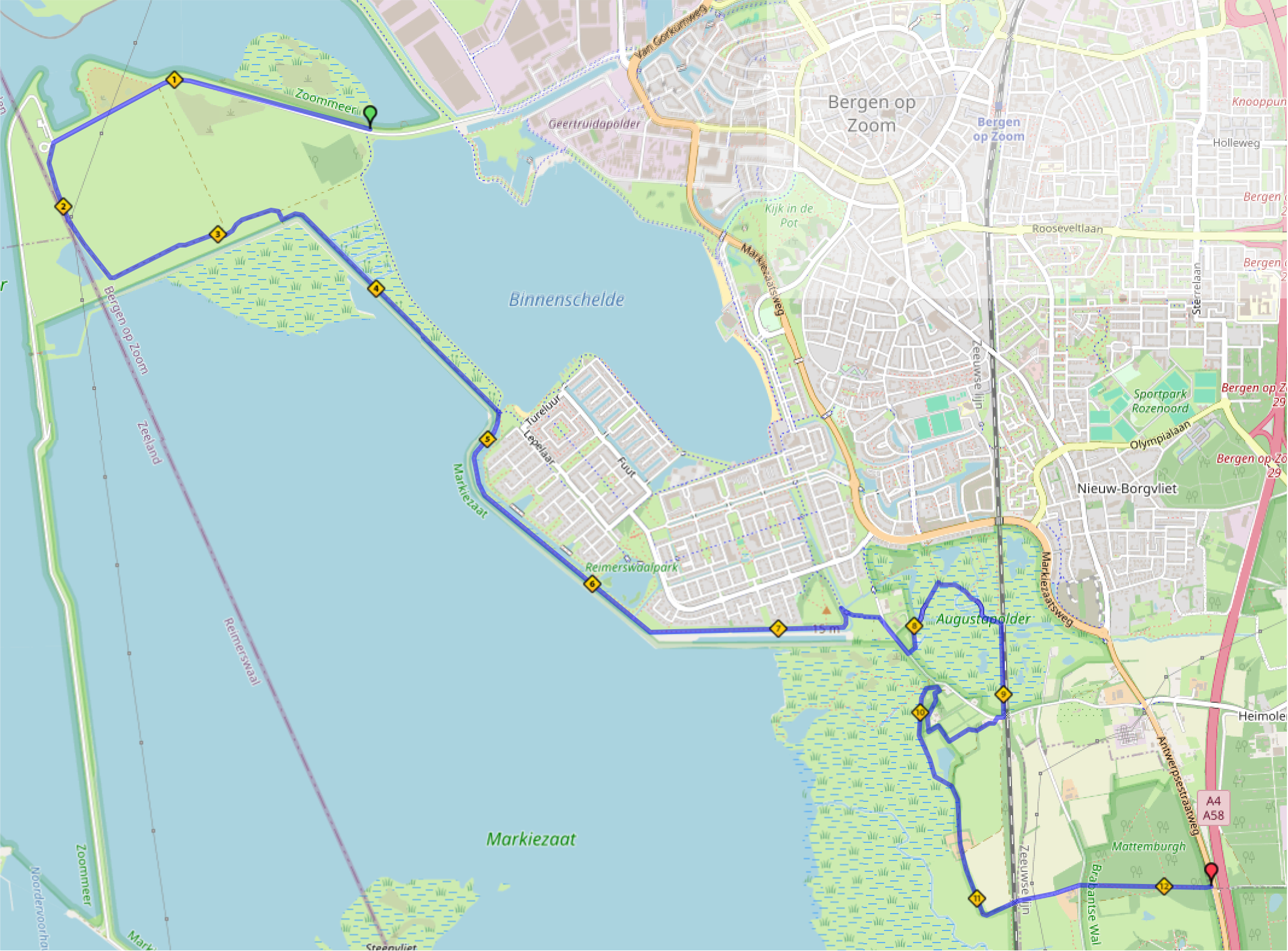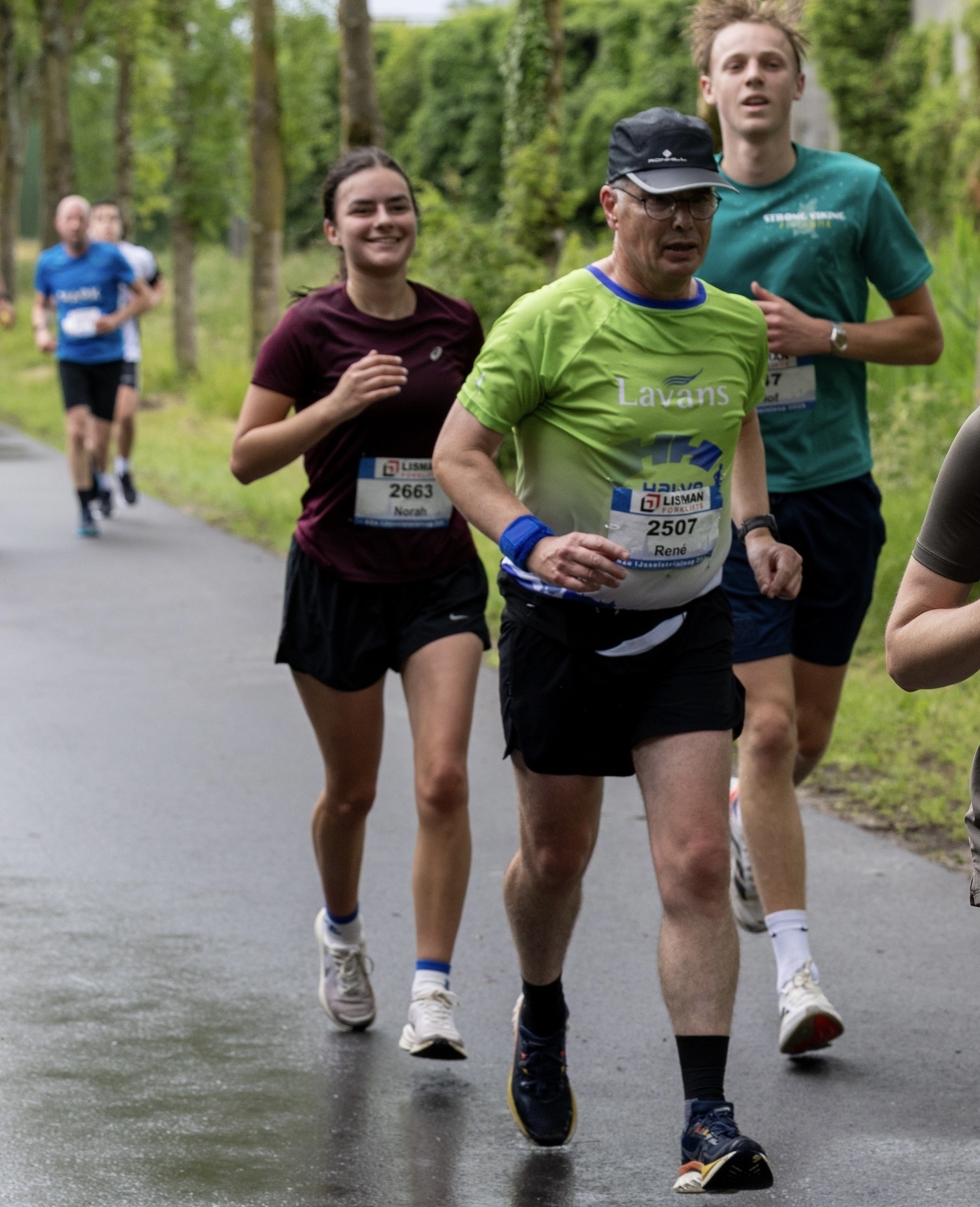-
Since it’s inspired by his self-portrait, I call this one “Vincent.”

-

Currently reading: A Confederacy of Dunces by John Kennedy Toole 📚
-

Finished reading, for the second time: The Chronicles of Narnia (Chronicles of Narnia, #1-7) by C.S. Lewis 📚
-
I’ve made a page for my Pixoo64 pixel art. I didn’t get to add even half of the 280 images, because Microblog’s interface for adding images and putting them into a collection is rather cumbersome and error-prone for me. So, expect a slow and careful addition of new images over the next few weeks.
-
I wonder if I have to deal with age verification with an account created on 5 March 2006, so before Google bought YouTube in November that year. I hope not, but since AI logic is involved, I’m not so sure.
-
A non-host read advertisement in a podcast means an instant unsubscribe, however much I enjoyed the show so far.
-
Oh my!

-
I keep asking myself, why do I do this to myself at my age? My race results aren’t near to what they were only a year ago, because of reasons. Then I have to remind myself that it’s my health I’m dealing with. Staying fit doesn’t come on its own, and race results aren’t everything.

-
Heads are going to roll. No idea why.

-
To get accustomed to some rough terrain in my half marathon race in September, I’ll run my 73 minutes run at base tempo on similar oneven footpaths coming Wednesday (see map). It won’t be as brutal as the Kustloop, but I suppose it’s a better preparation than only training on asphalt.

-
The Lion, the Witch, and the Wardrobe was written by C.S. Lewis in 1950, which is 75 years ago. Good enough reason for me to be rereading the entire book series The Chronicles of Narnia. I already read The Magician’s Nephew before going to sleep in the past weeks.
-
Content piracy is on the rise, and Disney+ had a 4 billion loss. I think those two things are related through something called subscription fatigue. If you make it harder to watch content, and (young) people have less discretionary income, guess what they’ll do? It’s not hard to guess.
-
Serving smoothies endlessly on my Pixoo-64 64 x 64 pixel art frame. Drawn in Procreate on an iPad.

-
I’ll be running my own half marathon race, because the half marathon race later today has been neutered to a 15 km run (not race) because of the sudden heat. I’ll leave as soon as Maahir has eaten his veterinarian cat food in a few minutes from when I’m posting this message.
-
It looks like my race next Sunday will be canceled due to high temperatures. I asked to the organizers if runners could run on their own and get credit for it, as in run your own race during the COVID-19 pandemic. I don’t expect a response, but I had to try. I can see the potential problems.
-

Finished reading: The Complete Sherlock Holmes (Barnes & Noble Leatherbound Classic Collection) by Sir Arthur Conan Doyle 📚
-
It had been six months since I ran a sub-2 hours half marathon (and got a hip injury from over-training). I got a modest 485th place out of 739 runners. The goal for 2025 is a sub-4 hours marathon.

-
The thing with artificial intelligence based on LLMs is a lack of intent. Data, however comprehensive, has no personal goals to achieve. The question is then how to give—not seemingly, but verifiably—real intent to a machine, so it becomes more useful. Also, what’s “verifiable real?” I have no clue.
-
I guess companies are slapping plus to their products to extract more money from users through subscriptions, following Apple’s questionable lead. Of course, they are reselling a free resource—their users' data—under the guise of being of use to paying users, while non-paying users are missing out.
-
I now have to take off my Garmin watch before I start drawing art, because when I come into a flow, the watch registers it as “asleep.” It messed up my training readiness, since a three hours sleep period is deemed “too short and detrimental.” That is computers judging personal health for you.